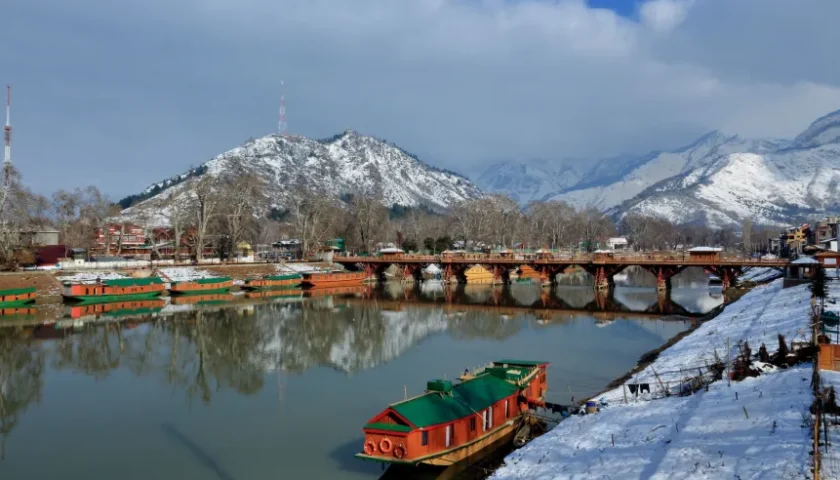NGT clarified that it had only said that any devotee or any individual should maintain silence while standing in front of the “Amarnath Ji Maha Shivling”.
Responding to reports which suggested that Amarnath will be made a silent zone, the National Green Tribunal on Thursday clarified the restrictions that it is imposing. The NGT said there is no bar on the chanting of mantras and singing of bhajans inside the Amarnath cave shrine in south Kashmir Himalayas.
The panel clarified that it had only said any devotee or any individual should maintain silence while standing in front of the “Amarnath Ji Maha Shivling”, a natural formation in the cave. It added that these directions have been made in view of maintaining the sanctity of the cave.
It also claimed that such measures will help in ensuring that there is no adverse impact of noise on shivling so that pilgrims who visit later are also able to witness the natural formation.
“The one way queue of visitors/pilgrim will be maintained at the shrine. These directions would be complied with by all concerned. This direction in our considered view is required to maintain the sanctity and pristine condition of the holy cave on the one hand while on the other to ensure that there are no adverse impacts of noise, heat, vibrations etc. upon the Amarnath Ji Maha Shivling, so that the pilgrims coming in the later part of the limited period available to the pilgrimage are also able to have the darshan of the Amarnath Ji Maha Shivling,” the bench said.
A bench headed by NGT chairperson Justice Swatanter Kumar said the restriction was only for the 30-40 steps leading to the cave, and any other part including the main stairs leading to the holy cave had no limitations.
NGT’s clarification comes after protests by the Vishwa Hindu Parishad which termed its order as a “Tughlaki fatwa” (whimsical whip). It had said that Hindus were not responsible for every ecological problem on earth.
The tribunal had on Wednesday said that the Amarnath Shrine Board should ensure that proper infrastructural facilities are provided to pilgrims so that they are not deprived of a clear ‘darshan’, and the ecology of the area is maintained.
“At the frisking point there shall be provided a space for storage for articles. Nobody would be permitted to carry any article mobile etc. Beyond frisking point which is also the practice followed in other religious places,” it had said.
The Amarnath cave shrine is considered one of the major holy shrines by Hindus. The cave itself is covered with snow most of the year barring a short period of time in summer when it is opened for pilgrims.




